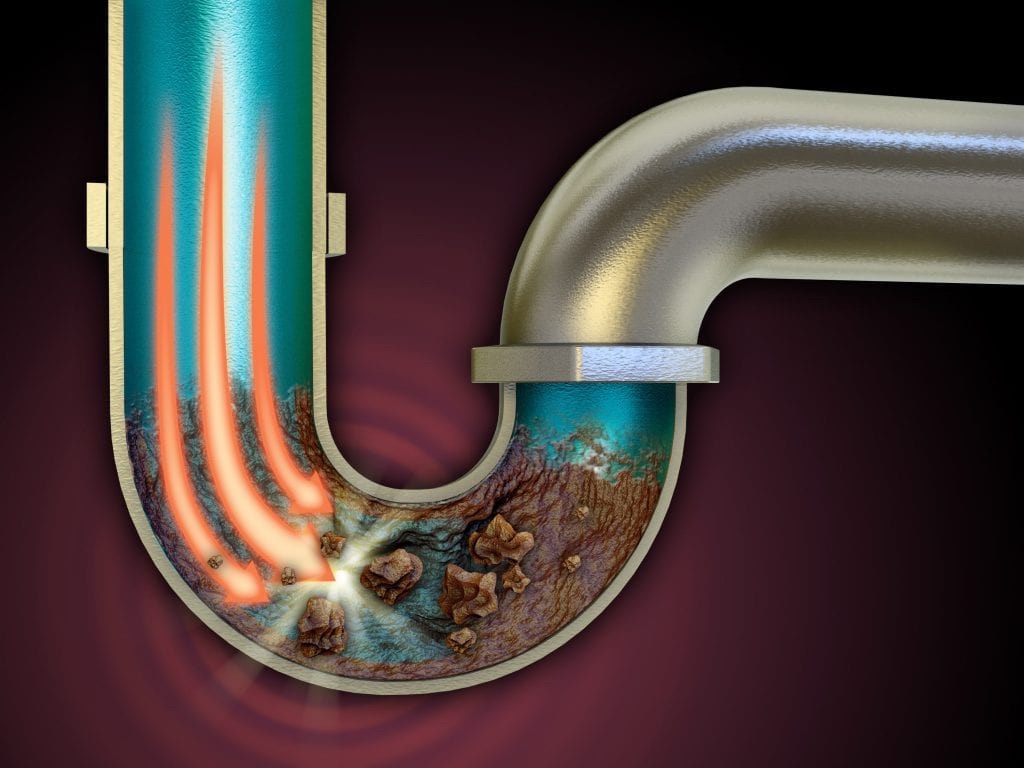
Plumbing problems in your home can range from a quick fix with a plunger to a major issue requiring professional help. While some clogs are manageable on your own, others can lead to serious backups and damage if ignored. Whether you’re dealing with a slow drain or a full-on plumbing emergency, it’s crucial to act fast to prevent flooding, water damage, or costly repairs.
Early Warning Signs of a Clog
Drain clogs are a common issue in households and are typically caused by hair, grease, soap buildup, tree roots, or dirt. Knowing how to spot the signs early can help you avoid larger problems. Watch for:
- Foul odors coming from your sinks or drains
- Water draining slowly from tubs or sinks
- Gurgling noises in your plumbing system
These symptoms usually indicate a developing clog in one of three areas: directly beneath a sink, deeper in the drain pipes, or in the main sewer line.
Basic Cleaning Methods
If the clog is close to the fixture, you might be able to clear it using a plunger or a mild, non-corrosive drain cleaner. Avoid harsh chemicals—they can corrode your pipes and pose health risks.
For deeper blockages, a drain snake or auger may be necessary. Instead of using low-quality versions from the store, consider renting professional-grade tools from your local hardware shop. Or, for guaranteed results, hire a certified plumber to clear the line effectively.
When to Use Hydro Jetting
If the clog is persistent, deep in the sewer line, or involves heavy buildup, hydro jetting is the most effective solution. This process uses high-pressure water to remove grease, soap scum, roots, and other debris from inside your pipes. It not only clears the blockage but also scrubs the interior walls of your plumbing system, restoring full flow.
What You Need for DIY Main Drain Cleaning
If you want to attempt main drain cleaning yourself, gather the following tools and gear:
- Waterproof gloves
- Waterproof boots
- Long water hose
- Wrench
- Drain snake or plumbing auger
Step-by-Step Cleaning Process
- Locate and Open the Cleanout Pipe
Look for a short pipe with a cap—usually found in the yard or basement. This gives you access to the sewer line. Open the cap slowly and cautiously, allowing any backed-up wastewater to drain. Be prepared for potential spray or overflow. - Use the Drain Snake or Auger
Once the water subsides, feed the auger into the pipe. Follow the instructions specific to your equipment. Continue until the resistance disappears, indicating that the blockage has cleared. Keep the auger running for a few more minutes to break up any lingering debris. - Flush With Water
With the auger still in the pipe, run water through the system using your hose. This helps remove loose debris from both the tool and the pipes. After flushing, remove the snake, replace the cleanout cap, and thoroughly clean your tools.
Still Dealing With a Clog? Let the Experts Handle It
If the drainage hasn’t improved after your cleaning efforts, it may be time to call in professionals. At Wade’s Plumbing & Septic, we offer advanced hydro jetting services that handle even the most stubborn blockages. Our expert technicians will restore your plumbing system quickly, safely, and efficiently—so you can enjoy smooth-flowing drains without the stress.
Need Help?
Contact us for a free quote or to schedule service.
Need Help?
Contact us for a free quote or to schedule service.
Comments (0)